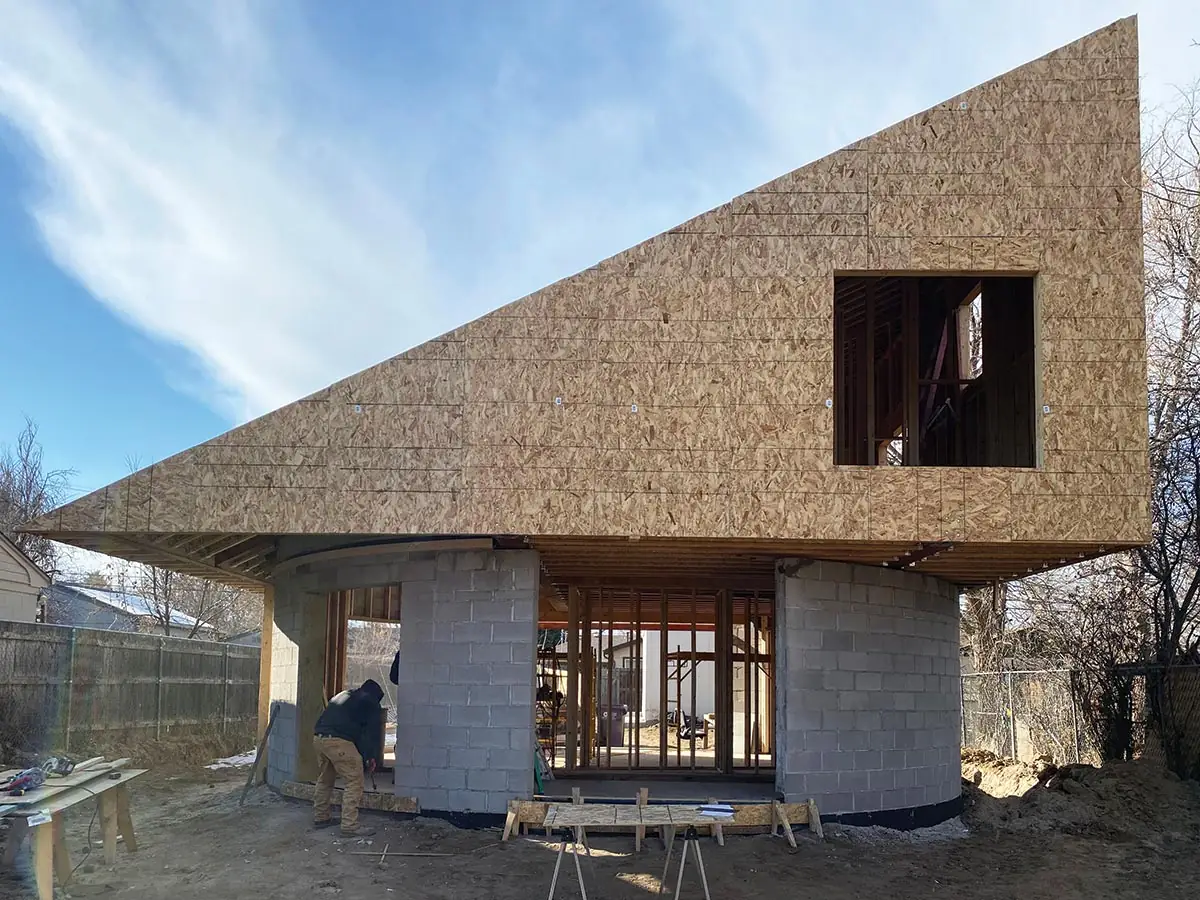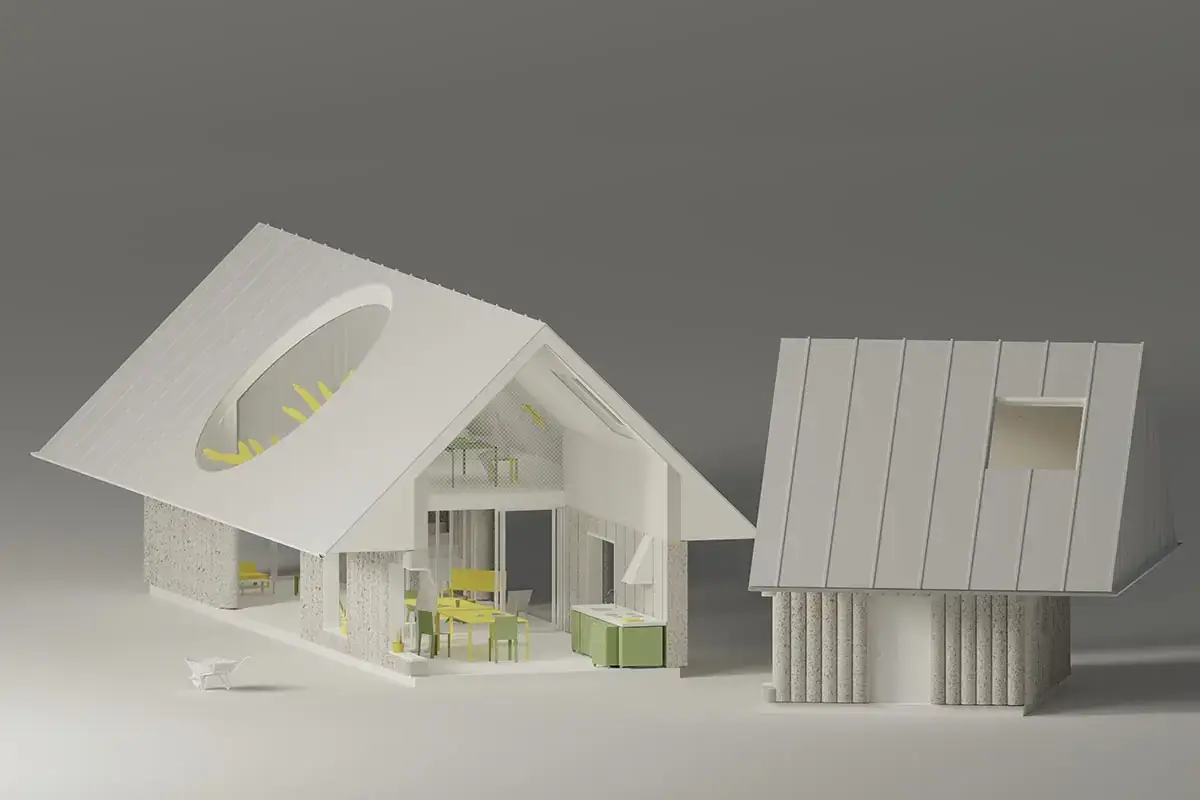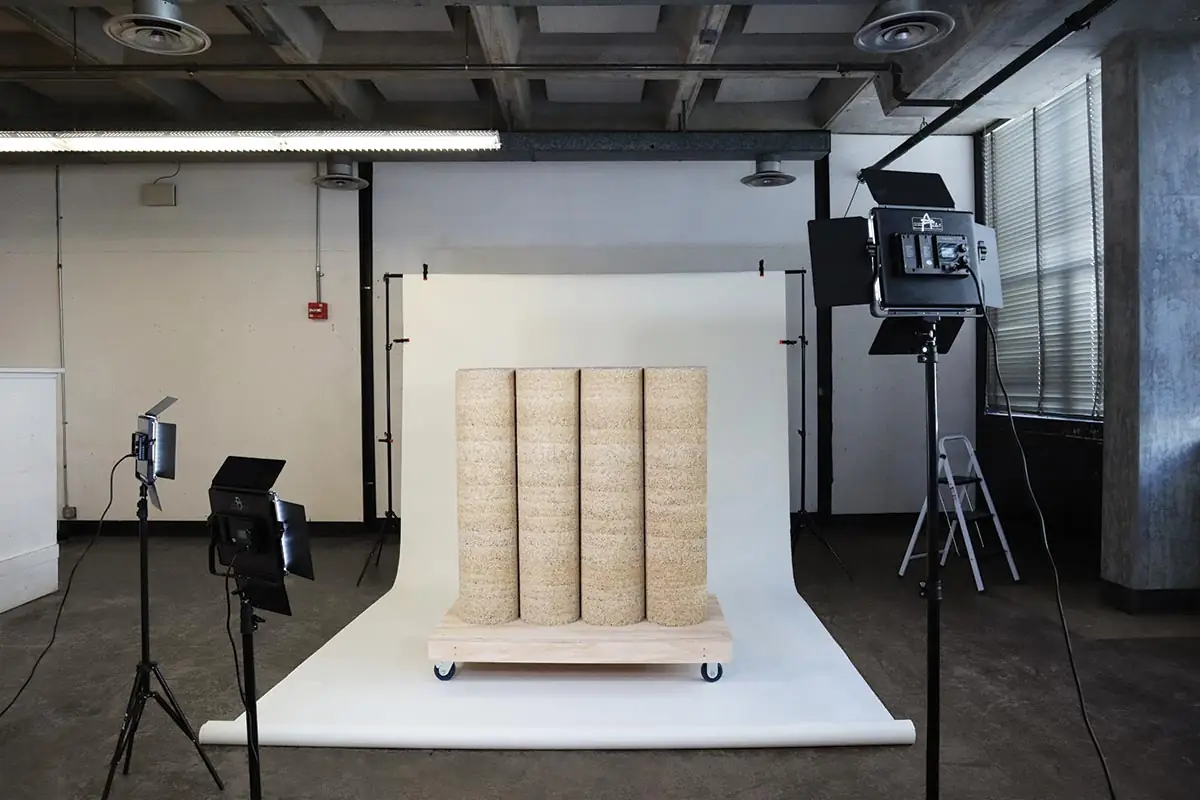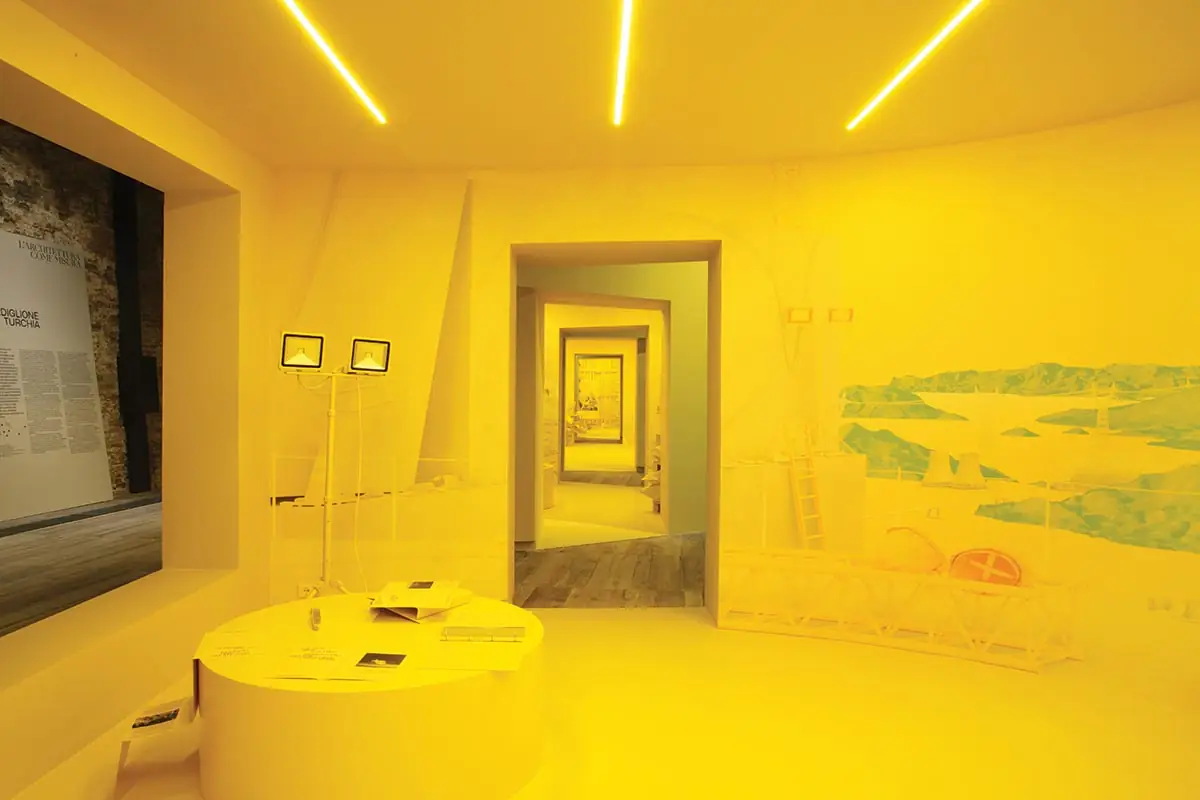Exploring the banal—its untapped potential and the forces underlying it—has long figured into the work of Nemestudio. The Bay Area firm, founded in 2015 by the Turkish-American couple Neyran Turan and Mete Sönmez, probes the familiar, intentionally rendering it, as they put it, “slightly unfamiliar,” through theoretical discourse and, gradually, actual buildings. For example, in SuperBanal Grid, a design studio that Turan taught at Rice University, she and her students interrogated the urban (and workplace) grid, on all scales, both vertically and horizontally, and, in CS2 House, a small home currently under construction in Colorado, the architects re-envisioned such elements as the pitched roof, shifting scales while bringing together commonplace geometries in unexpected ways. “Even as we, hopefully, get to build more and more,” says Turan, “speculative research will always be a fundamental part of our work.”

1

2
CS2 House (1 & 2)
This soon-to-be-completed 1,850-square-foot house in Denver uses the compositional misalignments between its circular and rectangular floor plates to create different kinds of outdoor spaces, such as a small terrace on the upper level and shaded patios on the ground. Designed for a family of three, the house offers a new take on the traditional single-family home. Photos © Nemestudio, click to enlarge.
Some of that investigation takes place at the University of California, Berkeley, where Turan, 48, has taught since 2016, when she and Sönmez, now 47, relocated to the San Francisco area from Houston. In their small practice—whose name derives from the initial syllables of its partners’ first names—the research continues. (For the past eight or nine years, however, Sönmez has needed to work full-time elsewhere—currently as a lead designer at NBBJ. But he occasionally steps back in for a specific project, as he did with CS2 House.) Meanwhile, Turan has taken charge of Nemestudio and carried forward its founding objectives, focusing on the urgency of the climate crisis and, in many different scenarios, exposing the hidden politics behind built form.
With Hempo Longhouse, for instance, a project designed in 2023 and now awaiting construction in Southern California, the team explored the aesthetic and technological potential of hempcrete, a renewable, carbon-sequestering bio-composite material, made primarily from hemp and lime.

3

4
Hempo Longhouse (3 & 4)
This design and research project explores the possibilities of hempcrete, a building material that uses hemp as a major component and was included in the U.S. Residential Building Code in 2022. The house will offer a decarbonized, non-extractive alternative to typical construction practices. Photos © Nemestudio
And in the installation piece When Naked Kings All Gone, a 5-foot-high diorama, exhibited at Cooper Union in 2022, Nemestudio borrowed the phrase “naked king” from the folktale “The Emperor’s New Clothes,” deploying it, as Turan wrote, to “refer to the power figures of our time, who enjoy the worldly pleasures of industrial capitalism while willfully ignoring the alarming future of climate emergency.”
In other exhibition work, Nemestudio has taken the diorama even further, subverting the frozen-in-time scenography that was once the mainstay of natural history museums. For Turkey’s pavilion at the 2021 Venice Biennale, the team created four 1:1-scale dioramas that visitors could actually enter, instead of merely peering in as spectators. The project wove a narrative through these sequential boxes, uncovering, as the designers put it, “the politics and nuances of the seemingly mundane aspects of architectural construction.” Normally hidden underpinnings, such as formwork, were laid bare—juxtaposed with revelations of the larger global costs, including the toll imposed by resource extraction, supply chains, and maintenance.

5

6
Four Dioramas, Pavilion of Turkey (5, 6, and top of page)
Visitors to this national pavilion at the 2021 Venice Architecture Biennale could walk into a set of color-saturated dioramas and examine aspects of construction, such as quarrying, formwork, logistics, and maintenance. The goal was to challenge visitors to see buildings within the larger context of a climate emergency. Images © RMphotostudio (5), Nemestudio (6)
As Nemestudio’s theoretical research and built work evolve, they continue to call for what Turan terms “planetary imagination,” the critical need to address, with greater awareness and creativity, the mounting threats to our environment—as well as the powerful forces too often entangled with them.

Neyran Turan, Mete Sönmez. Photo © Nemestudio
FOUNDED: 2015
DESIGN STAFF: 4–6
PRINCIPALS: Neyran Turan, Mete Sönmez
EDUCATION:
Turan: Harvard GSD, Doctor of Design, 2009; Yale School of Architecture, MED, 2003; Istanbul Technical University School of Architecture, B.Arch., 1998
Sönmez: Harvard GSD, M.Arch., 2008; Istanbul Technical University School of Architecture, B.Arch., 1998
WORK HISTORY:
Turan: UC Berkeley College of Environmental Design, 2016–present; Rice School of Architecture, 2009–15
Sönmez: NBBJ, 2019–present; Gensler, 2017–19; Page, 2010–17; Machado Silvetti, 2007–10
KEY COMPLETED PROJECTS: CS2 House, 2024, Denver; Six Hundred, 2022, San Leandro, CA; Four Dioramas, 2021, Venice, Italy; Manual of Instructions, 2019, Seoul; Nine Islands, 2016, Istanbul
KEY CURRENT PROJECTS: Hempo Longhouse, Camarillo, CA




